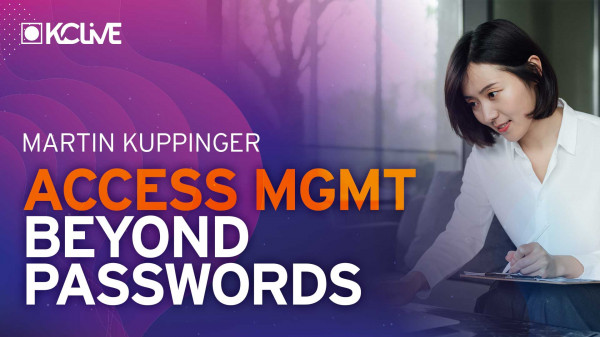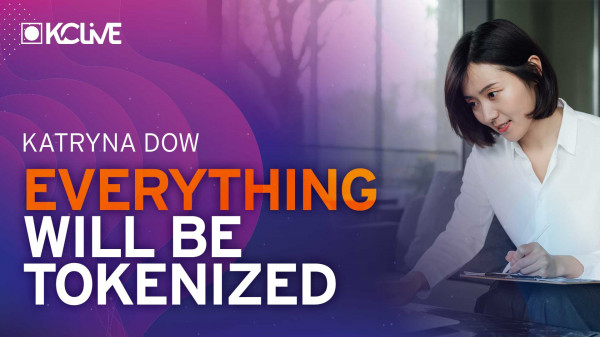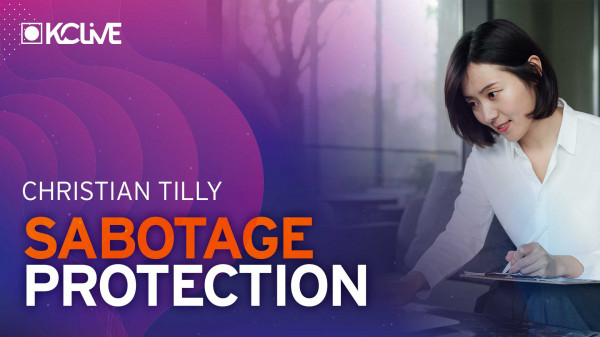Insights
Research
Advisory
Events
Company
KuppingerCole's Advisory stands out due to our regular communication with vendors and key clients, providing us with in-depth insight into the issues and knowledge required to address real-world challenges.

Meet our team of analysts and advisors who are highly skilled and experienced professionals dedicated to helping you make informed decisions and achieve your goals.

Meet our business team committed to helping you achieve success. We understand that running a business can be challenging, but with the right team in your corner, anything is possible.

In his talk, Martin Kuppinger will deconstruct the term Access Management and look at the various elements and concepts behind. Access Management is multi-facted and includes many concepts. On the other hand, many of the areas we should find being supported in Access Management are still missing in most implementations. So: What does it need for a modern, comprehensive Access Management? How will this look differently from now? Will we get rid of the burden of annoying authentication procedures or reviewing static entitlements we don’t understand? Which roles should policies play? Could we move forward to just-in-time entitlements? And will we finally get rid of passwords.
Martin Kuppinger will cover trends that are already visible, options you can take today, but also evolutions that are just visible at the horizon and innovations vendors should focus on today.
He will deliver you a high-level playbook for tactical and strategic steps for evolving what you have in Access Management towards a broader, future-proof solution.

We're on track towards a world where everything that can be, will be tokenized. Tokenization plays a critical part in enabling more equitable value creation for people, organisations and things. Providing the means to issue and store value, trace provenance, and most importantly achieve consensus to instantly trust.
However, in order for this tokenized world to emerge we first need the infrastructure for people and their digital twins to participate in equitable and fair ways. This will include digital identity, verifiable credentials and payments.
This session will feature some of the use-cases, practical steps, insights and learning along the way.

How do you protect secret information from sabotage? You should consider two possible scenarios when answering this question: Sabotage can be caused from the outside as well as from the inside. In principle, a potential threat can also come from people within your own company.
An essential step is therefore to make sensitive documents and directories accessible only to employees who really need them for their work: Following the need-to-know principle.
In the case of facilities that are vital to life or defense, these employees must also be instructed in how to protect themselves against sabotage.
Consistent checks to ensure that protection instructions have been given are therefore part of the administrator's duties, which in turn requires additional time and organizational capacities.
In this practical presentation, you will learn how automated permission management can relieve IT administrators and at the same time reduce errors caused by manual processes while ensuring compliance with special requirements for the assignment of rights, e.g. through separate data protection instructions.